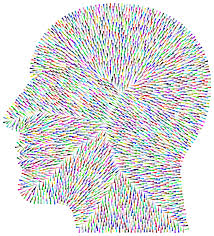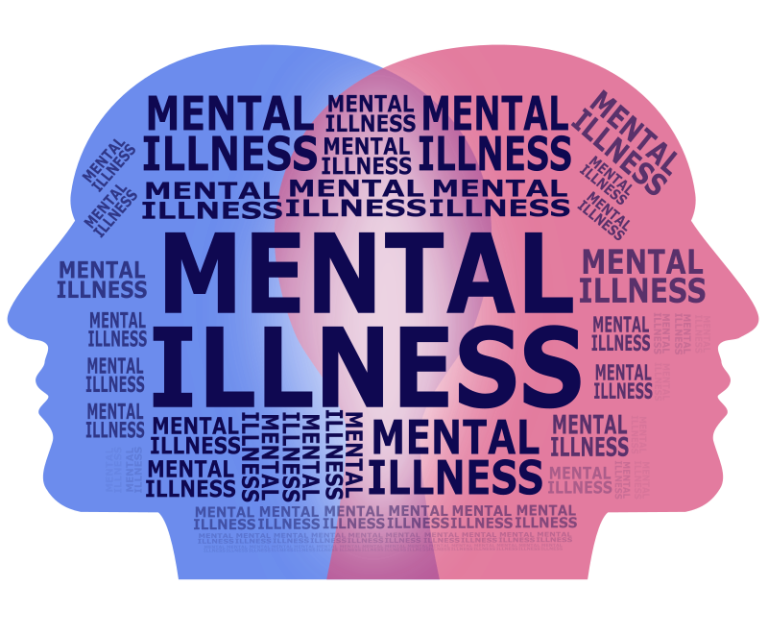When Shame and Anger Collide: What Really Drives Self-Harm in BPD?
-
by
Dr Constantina Katsari
- No Comments on When Shame and Anger Collide: What Really Drives Self-Harm in BPD?
When someone you care about is hurting, and you’re trying to help them carry the weight of Borderline Personality Disorder (BPD), it can feel like you’re walking a tightrope, especially when self-harm or suicidal thoughts enter the picture. What fuels these dangerous thoughts and actions? And what can truly help?
A recent study led by Jessica Weatherford and colleagues explores a core piece of this emotional puzzle: shame. Not just any sadness or guilt, but the kind of shame that turns inward and quietly corrodes a person’s sense of self. What they found offers a clearer lens into what drives self-injurious thoughts and behaviours (SITB) in people with BPD and how anger plays a surprisingly pivotal role.
The Study: Tracking Emotions in Real Time
The research followed 100 individuals undergoing Dialectical Behavior Therapy (DBT), a treatment specifically designed for people with BPD. Each person tracked their daily emotional states, particularly shame and anger, as well as urges to self-harm or thoughts of suicide. This wasn’t a one-off questionnaire. These were daily check-ins over six months, resulting in over 10,000 daily entries. The granularity of this data gives us a rare, close-up view of how emotions ebb and flow and how they connect to risk.
The findings were striking. Higher levels of shame and anger on any given day were strongly linked to more intense suicidal ideation and stronger urges for non-suicidal self-injury (NSSI). But that’s not all. Anger didn’t just coexist with shame but it acted as a bridge. In psychological terms, anger “mediated” the relationship. That means when people felt deeply ashamed, it often sparked anger, which in turn escalated their risk of self-harming or suicidal thinking.
On a 0–5 scale, a single point increase in shame corresponded to a 0.18 point rise in both suicidal ideation and NSSI urges. Anger was similarly predictive, each point increase in anger translated into a 0.14 point increase in suicidal ideation and a 0.20 point increase in NSSI urges. These may sound like small changes, but when you’re measuring daily mood fluctuations across six months, these shifts are clinically significant.
Why This Matters for Carers
This matters because it helps break down a common misunderstanding. Self-harm and suicide aren’t always about wanting to die. Sometimes, they’re desperate strategies to escape unbearable emotional states. For people with BPD, shame can be that unbearable state, a crushing feeling of being fundamentally flawed. And when that shame turns into anger (whether directed outward or inward), the emotional storm can intensify to dangerous levels.
This isn’t abstract theory. For carers, it can help explain why moments of emotional intensity can flip so quickly into crisis. What looks like rage or defiance may be a shield against raw, unspoken shame. Understanding this connection doesn’t just promote empathy; instead, it points toward practical support strategies.
DBT, the treatment used in this study, is designed for just this kind of complexity. It helps individuals name and navigate intense emotions like shame and anger, teaching skills to self-regulate rather than self-harm. One of the takeaways from the study is the power of daily, personalised tracking tools like DBT diary cards. These tools help individuals spot patterns and catch emotional surges before they peak.
Clinical Implications: Moving from Risk to Response
This study is the first to empirically demonstrate that anger mediates the link between shame and self-harm or suicidal ideation in individuals with BPD. This means shame doesn’t just sit in isolation but it triggers a chain of emotional events that can end in crisis. The more aware clinicians and carers are of this emotional cascade, the better positioned they are to intervene.
The implications are practical. It suggests that daily assessment of shame and anger could be as important as monitoring more obvious risk signs. It also adds weight to the argument for including carers more actively in treatment planning, especially in recognising the signs that precede escalation.
The study also found high variability between individuals. That means while the shame-anger-SITB pattern was common, it wasn’t universal. For some, shame might lead directly to withdrawal. For others, it might explode outward. This reinforces what many carers already know: there’s no one-size-fits-all approach to support. But the more you know about the emotional pathways that are common in BPD, the more equipped you are to tailor your response.
From Understanding to Empowerment
For families and carers, this research opens the door to more effective support. Recognising how shame and anger interact can shape how we respond in heated moments. Instead of reacting to the anger, we might pause and gently ask what’s underneath it. Instead of dismissing a withdrawal as being “dramatic,” we might see it as a silent cry for relief from shame.
This isn’t just about reducing risk. It’s about increasing connection. When someone with BPD feels seen and understood (not judged) they’re less likely to spiral into self-destructive behaviour. For carers, that’s a powerful form of prevention.
It’s also a reminder that emotional support for carers isn’t a luxury. It’s essential. The emotional toll of supporting someone in crisis (especially without understanding the mechanisms at play) can be overwhelming. Yet when carers are equipped with insights like these, they’re better able to stay calm, connected, and compassionate during the toughest moments.
A Call to Action: Making the Invisible Visible
In the end, what this study offers isn’t just clinical insight. It offers hope. By pinpointing the emotional sequences that lead to self-harm or suicidal thoughts, we can intervene earlier and more effectively. We can make those moments of crisis less frequent, less intense, and less isolating.
And perhaps most importantly, we can start shifting the narrative around BPD—from one of volatility and risk to one of vulnerability, insight, and recovery.
Read the full study: https://doi.org/10.1111/sltb.13045
💬 Caring for someone with BPD?
👉 Book a FREE One2One support session
🧠 Join our FREE webinars and peer groups
📩 To book email us at: info.bpduk@gmail.com
Discover more from BPD UK
Subscribe to get the latest posts sent to your email.




